San Mateo County Market Update February 2025
The Key to Selling Your Home Quickly: Pricing It Right from the Start
Selling a home is an emotional and strategic process. It’s not just about putting a price on a piece of property—it’s about setting the right price to attract serious buyers and secure the best possible outcome. If a seller insists on listing their home at a price that doesn’t align with the current market, it can lead to disappointment. Overpricing can result in a home sitting on the market for too long, ultimately leading to price reductions and a weaker negotiating position.
The Reality of Today’s Market
Yes, home prices are still holding steady and even increasing in some cases. But let’s be real—we’re not in the same market we had before interest rates climbed. Buyers are more cautious, inventory levels are fluctuating, and homes that are priced too high from the start are sitting on the market longer than necessary. The longer a home sits, the more leverage buyers have to negotiate, and that’s not a position you want to be in.
Many sellers think that pricing high will leave room for negotiation, but in reality, it can drive buyers away entirely. With more options on the market, buyers are taking their time, and overpriced homes simply don't make the cut. Instead, a well-priced home will generate more interest, more showings, and potentially even multiple offers, leading to better terms for you as the seller.
Why Overpricing Can Backfire
When a home is overpriced, it risks being ignored by buyers who are actively searching within the right price range. They’ll compare your home to others that are correctly priced and may decide it’s not worth their time. Even worse, when a property lingers on the market without offers, buyers begin to assume something is wrong with it. You might think you’ll “test the market” with a higher price and adjust later, but that often leads to price reductions that make the home appear undesirable. First impressions matter, and the best offers come early in the listing process.
Buyers today have access to more information than ever before. They’re looking at comparable properties, market trends, and price reductions before making an offer. If your home is significantly higher than the competition, they’ll simply move on to a better-priced option. And once a home sits for too long, buyers assume there’s a reason it hasn’t sold—leading to lowball offers or no offers at all.
Finding the Sweet Spot
So, how do we get it right? By analyzing market data, recent sales, and current trends to set a price that reflects your home’s true value while attracting serious interest. The goal is to generate excitement and competition, leading to strong offers with better terms. A home priced correctly doesn’t just sell—it sells well.
A competitive price doesn’t mean underpricing—it means pricing in a way that drives demand. When buyers see a well-priced home, they act fast because they don’t want to miss out. The more interest your home generates, the better the offers you’ll receive. In some cases, multiple offers can even push the price higher than your original expectations.
Let’s Talk Strategy
If you’re thinking about selling, don’t let pricing be the thing that holds you back. Let’s work together to determine the right price so you can maximize your results from day one. Reach out today, and let’s get started!
January 2025 Market Reports
Below you'll find market information for San Mateo County, San Mateo (City), and Foster City.

San Mateo County Equity Report. This report covers changes in median home sales prices over the last month, year, five years, and ten years.
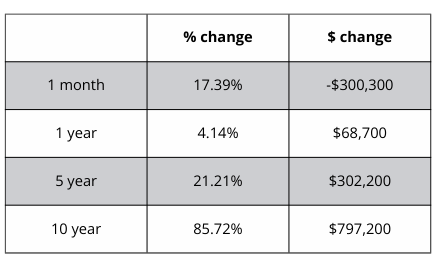
San Mateo County Market Report. This report covers changes in median home sales prices, year over year.
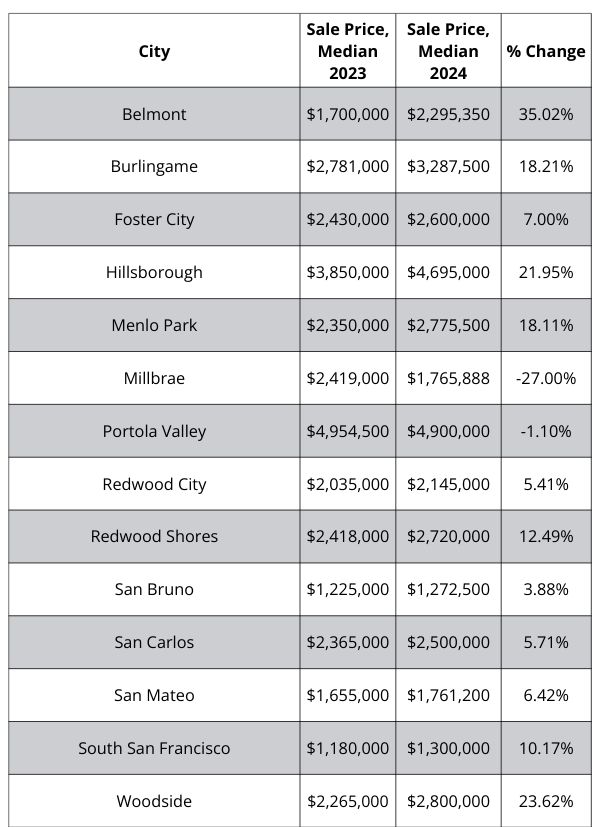

San Mateo City Equity Report. This report covers changes in median home sales prices over the last month, year, five years, and ten years.
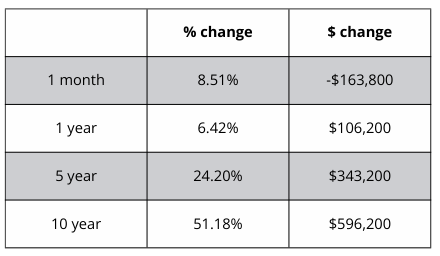
San Mateo City Market Report. This report covers changes in median home sales prices, year over year.
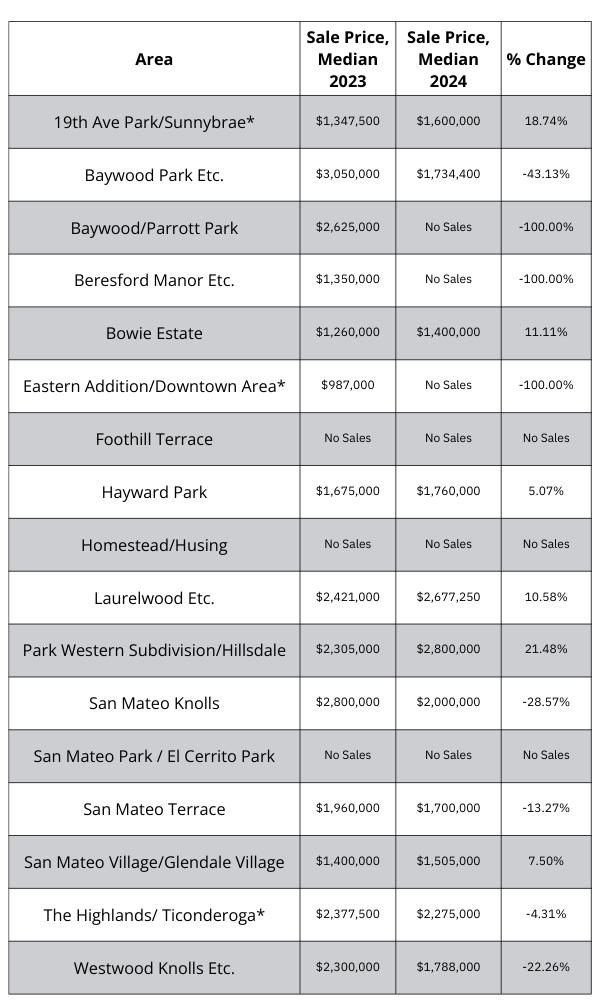

Foster City Equity Report. This report covers changes in median home sales prices over the last month, year, five years, and ten years.
Single Family Residences
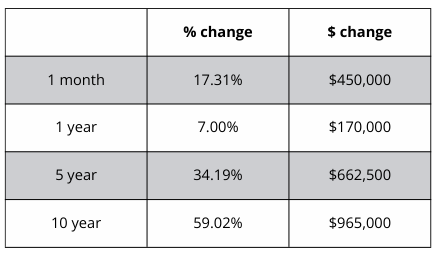
Condominiums
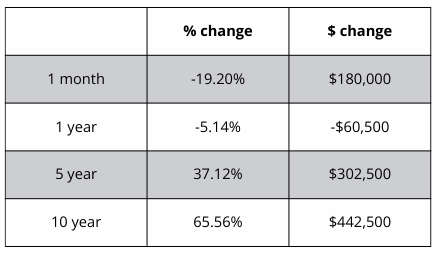
Townhomes
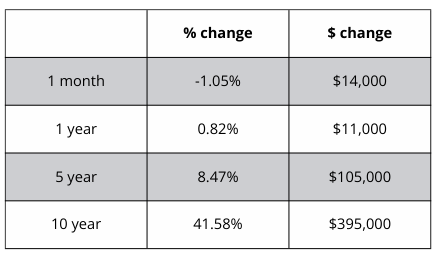
Expanded San Mateo County Market Report












